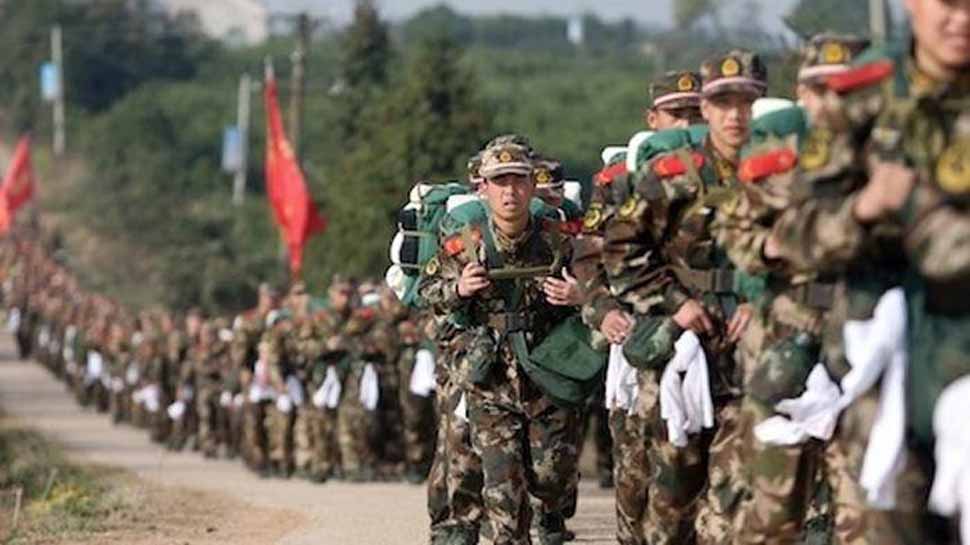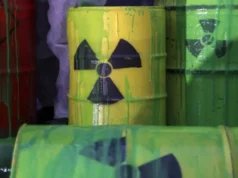China Breaking Pact, Quietly Strengthen Troop Positions

The Chinese Army has quietly strengthened its positions in eastern Ladakh and gradually increased troop numbers at the friction points along the Line of Actual Control (LAC). Though they themselves had specifically proposed four months ago that the two sides should refrain from sending more troops to the troubled front. The latest ground assessments confirm that the PLA has not only reneged on the joint statement issued following the sixth round of talks on September 21 last year, but done so in a clandestine manner.
A day after that round of talks last September, the two sides had issued a joint statement that was seen to be substantive forward movement after months in a deadlock. The two sides had, according to their joint statement, “agreed to earnestly implement the important consensus reached by the leaders of the two countries, strengthen communication on the ground, avoid misunderstandings and misjudgements, stop sending more troops to the frontline, refrain from unilaterally changing the situation on the ground, and avoid taking any actions that may complicate the situation.”
Four months later, that most crucial confidence building measure is practically useless. Top Army sources confirm that the Indian Army has had no choice but to mirror the gradual build-up on the Chinese side.
In some sectors, foreseeing fresh Chinese concentrations, the Indian Army has conducted pre-emptive actions. As a result, despite the deep winter chill, opposing troops, tanks and armoured personnel carriers are nearer to each other than they have been in the past four months.
China has also been steadily consolidating its positions in northern Ladakh’s Depsang plains, with new positions emerging even closer to Daulat Beg Oldie. Indian Air Force chief Air Chief Marshal RKS Bhadauria recently paid a visit to this high altitude air base to review security and arrangements. The Indian Army has been forced to mobilise in a historically big way in this sector owing to Chinese hostile postures here.
The ninth round of talks is currently on at Ladakh’s Chushul sector, an area south of the Pangong lake that is now dominated by Indian Army infantry, Special Forces and armoured positions.
China continues to enjoy tactical advantages at many of the other friction points, though the Indian Army’s inevitable counter-mobilisation has led to the very definition of a deadlock, with entrenched positions at high altitude.
One assessment within the government is that the Indian Army’s unyielding stance has jammed the Chinese calculus, with the PLA still figuring how to handle the abrupt distribution of leverage between both sides in Ladakh.
Elsewhere on the India-China frontier, permanent defences have been constructed across the border from Sikkim’s Naku La, an escalation from the troubled status quo in the area, which has involved large training PLA contingents conducting high level training exercises close to the Sikkim border.



